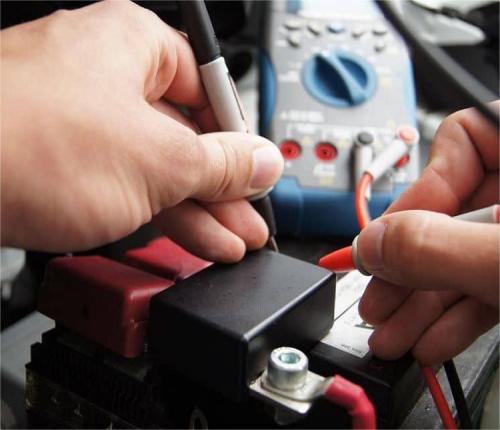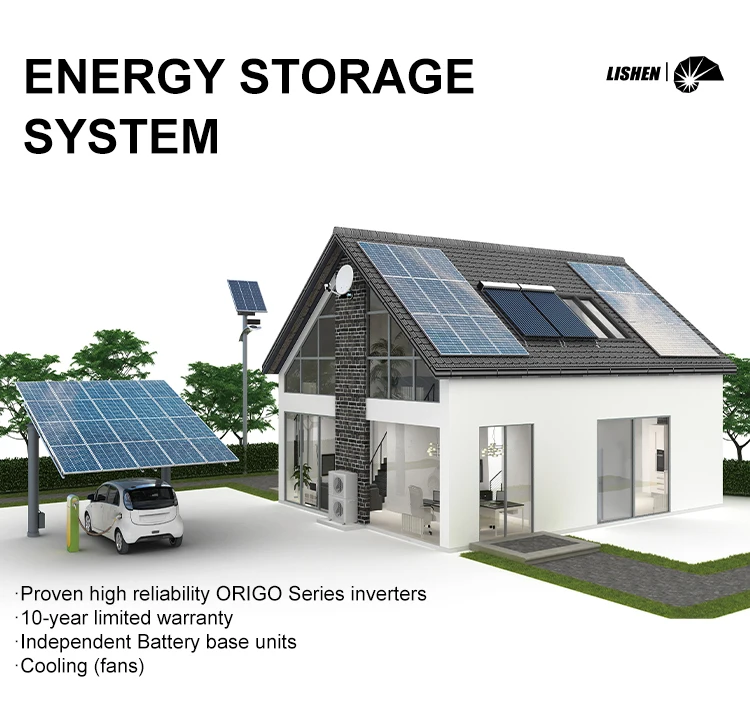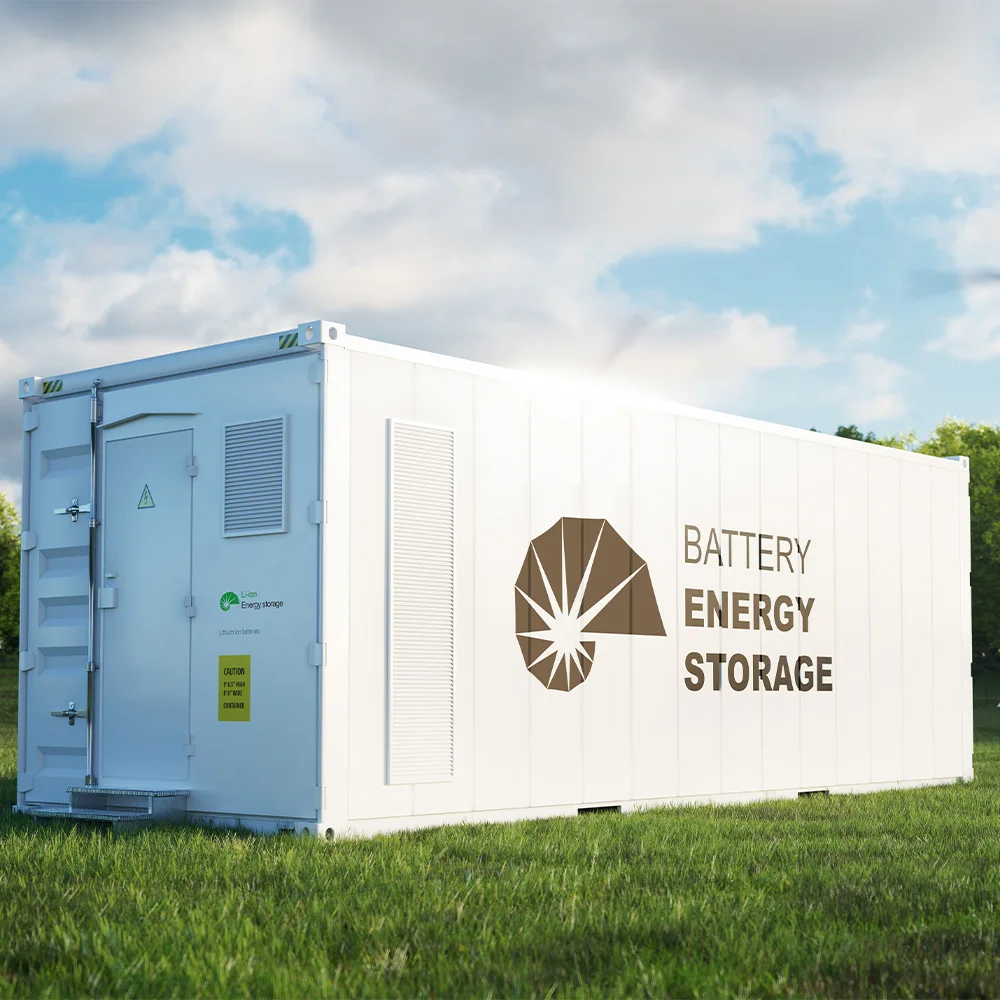Lithium-Ion Battery Care Guide
Battery-powered ships are one of the most innovative ship types in the world. Their electrification characteristics can provide a foundation for the development of the next generation of smart ships. Their design and construction are not a simple replacement of the power system, but require innovation in the design and construction concepts. It is a huge challenge for the design and construction departments. The configuration of ship systems and functions, the requirements for equipment operation and crew skills, the impact of the operating environment on the ship, and the prevention and disposal of accidents and risks are more complicated than conventional powered ships. Classification societies, maritime departments, etc. are in the initial stage of research, and the relevant research and design systems are not yet perfect. 1. Industry status
From a global perspective, the application of battery-powered ships is in the exploration and demonstration stage, and there is insufficient operating experience. As of the end of May 2019, the number of electric ships in the world was 155, including 75 operating ships and 80 ships to be built, and the application of larger capacity battery-powered ships between 1000KWh and 4000KWh has been realized. The choice of battery power includes both lithium iron phosphate batteries and ternary lithium batteries. More than 20 pure battery-powered ships have been built on my country's inland rivers, and more than 10 pure battery-powered ships are under construction or planned to be built. Before 2015, the application of battery-powered ships in my country was limited to small ships below 600KWh; after 2015, the maximum battery capacity used reached 3000KWh, and all of them were lithium iron phosphate batteries. The battery industry in my country is relatively mature, but the market share of marine products and their supporting industries is relatively small, and there are few companies involved in marine battery certification, so there is still a lot of room for development. The core components of battery-powered ships are propulsion batteries and their supporting battery management systems. Among the top ten battery manufacturers in the world, five are domestic manufacturers. In the first quarter of 2020, the total installed capacity of domestic power batteries was about 5.68GWh, involving 51 installed power battery companies, among which CATL, BYD, Guoxuan High-tech, EVE Energy, AVIC Lithium Battery, etc. are the top-ranked companies, and their main installed products are new energy vehicles. Domestic lithium battery-equipped ships as power sources must be certified by the China Classification Society (CCS). As of October 2019, the China Classification Society has completed and is in the process of 37 marine battery product certifications, of which 15 power battery projects and 5 battery management system projects have completed the review. In terms of battery management systems, the 712th, 711th, and 704th Institutes of China Shipbuilding Industry Corporation have the design and supply capabilities for pure battery power systems and whole-ship solutions. Wuxi Saisiyi has the supply capabilities for ship DC grid electric propulsion systems, hybrid propulsion systems, and test station power systems. CRRC Shanghai Hange has the supply capabilities for DC electric propulsion systems, AC electric propulsion systems, and ESS energy-saving systems.







